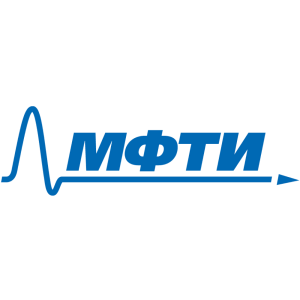Electrochemical Etching of Germanium in Ionic Liquids without the Use of Toxic and Corrosive Reagents
For the first time, the possibility of obtaining porous germanium from both single‐crystal and polycrystalline starting materials using environmentally friendly (in contrast to the commonly used HF and HCl) imidazolium ionic liquids (IL) was shown. It was demonstrated that pore formation depended significantly on the viscosity of the IL, on the etching current density and etching time, and on defects and imperfections of the substrate surface. By varying these parameters, the rates of two competing processes – formation and growth of pores and electropolishing – could be adjusted, consequently allowing germanium with a various structured surface, including a porous surface. In particular, using a more viscous IL (for example, [BMIM][PF6] versus [BMIM][BF4]) made it possible to reduce the rate of dissolution of the germanium dioxide surface layer; as a result, the formation and growth of pores became a dominant process. At the same time, the dissolution rate of the already formed porous layer (electropolishing) increased with the etching current density and the number of defects and imperfections of the germanium surface.
Top-30
Journals
|
1
|
|
|
Journal of Physics and Chemistry of Solids
1 publication, 50%
|
|
|
Russian Chemical Bulletin
1 publication, 50%
|
|
|
1
|
Publishers
|
1
|
|
|
Elsevier
1 publication, 50%
|
|
|
Springer Nature
1 publication, 50%
|
|
|
1
|
- We do not take into account publications without a DOI.
- Statistics recalculated weekly.







